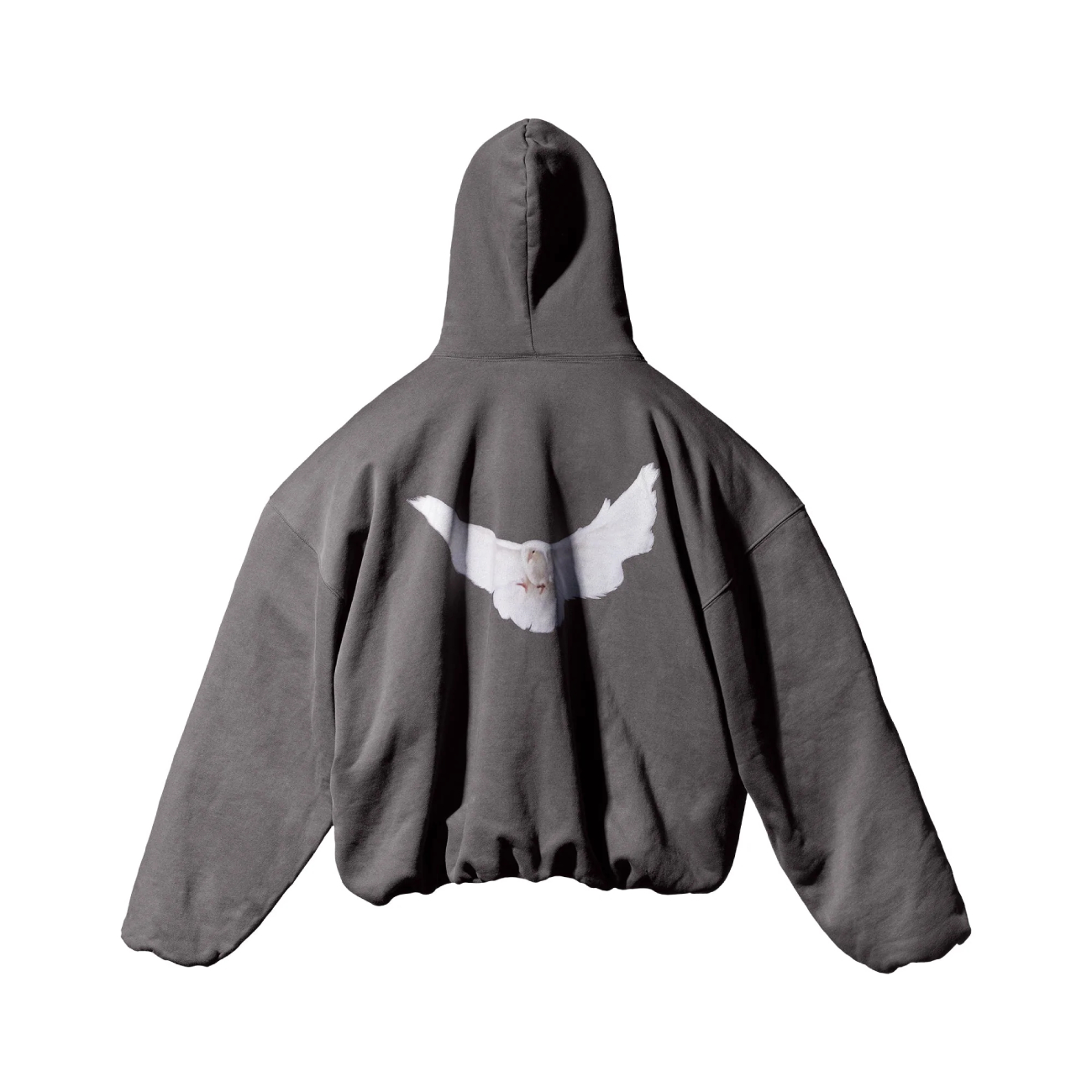Breathable hoodies are the epitome of comfort, blending practicality with style to create a garment that is as functional as it is fashionable. The concept of breathability in clothing refers to the fabric’s ability to allow moisture vapor to be transmitted through the material. This is crucial for maintaining comfort, especially during physical activity or in warm climates. Breathable hoodies have become a staple in modern wardrobes, transcending their athletic roots to become versatile pieces for everyday wear yeezy-gap.us. In this article, we delve into the science behind breathable hoodies, exploring the materials, technologies, and design elements that contribute to their unparalleled comfort.
The Evolution of Hoodie Materials
The journey of hoodie materials has seen significant evolution over the years. Traditionally, hoodies were made from cotton, a material known for its softness and comfort. However, cotton has its limitations, particularly in its breathability and moisture-wicking capabilities. This led to the development of blended fabrics and innovative materials that enhance these properties. Modern breathable hoodies often incorporate synthetic fibers such as polyester and nylon, which are engineered to improve ventilation and moisture management. Additionally, advancements in textile technology have introduced fabrics like spandex for stretchability and bamboo fibers for their natural breathability and antibacterial properties.
How Breathability Works
To understand how breathable hoodies function, it’s essential to grasp the basics of breathability in fabrics. Breathable fabrics are designed to allow air and moisture to pass through them, which helps regulate body temperature and keep the wearer dry. This is achieved through a combination of material selection and fabric construction. Materials with micro-porous structures, such as certain synthetic fibers, can facilitate the movement of moisture vapor from the skin to the outer surface of the fabric comme-des-cargons.com , where it can evaporate. Additionally, the weave or knit of the fabric plays a crucial role; looser weaves tend to be more breathable, while tighter weaves can trap heat and moisture.
The Role of Moisture-Wicking Technology
Moisture-wicking technology is a key component in the design of breathable hoodies. This technology involves fabrics that actively pull moisture away from the skin and distribute it across the surface of the fabric, where it can evaporate more quickly. This process helps to keep the skin dry and comfortable, even during intense physical activities. Fabrics with moisture-wicking properties are often treated with hydrophobic chemicals or are constructed from fibers with inherent moisture-wicking capabilities. Polyester is a common material used in moisture-wicking fabrics due to its ability to repel water and its quick-drying properties.
The Science of Temperature Regulation
Breathable hoodies play a significant role in temperature regulation, helping to keep the wearer comfortable in various conditions. The ability of a fabric to allow air to circulate and moisture to escape is critical in preventing overheating and excessive sweating. This is particularly important in activewear, where maintaining an optimal body temperature can enhance performance and reduce the risk of heat-related issues. Breathable fabrics facilitate convective cooling, where air movement aids in dissipating heat from the body. Additionally, these fabrics often provide a balance between insulation and ventilation, ensuring comfort in both cool and warm environments.
Environmental Considerations
Sustainability is becoming an increasingly important factor in the fashion industry, and breathable hoodies are no exception. The production of synthetic fibers, while beneficial for breathability and moisture management, can have environmental impacts. As a result, many manufacturers are exploring eco-friendly alternatives and sustainable practices. Recycled polyester, for instance, is made from post-consumer plastic waste and offers similar properties to virgin polyester. Additionally, natural fibers such as organic cotton, hemp, and bamboo are being used to create breathable fabrics that are both comfortable and environmentally friendly. Brands are also adopting ethical production practices, ensuring fair labor conditions and reducing their carbon footprint.
The Future of Breathable Hoodies
The future of breathable hoodies looks promising, with ongoing research and development aimed at further enhancing their performance and sustainability. Innovations such as smart textiles, which can respond to environmental changes and the wearer’s body, are on the horizon. These textiles could provide real-time adjustments to temperature and moisture management, offering a new level of comfort and convenience. Additionally, advancements in sustainable materials and production methods will continue to drive the evolution of breathable hoodies, ensuring that they remain a staple in modern wardrobes. As technology and fashion continue to intersect, we can expect breathable hoodies to become even more advanced, offering unparalleled comfort and functionality.
Conclusion:
Breathable hoodies represent the pinnacle of comfort in modern fashion, combining cutting-edge fabric technology with thoughtful design to create garments that cater to the demands of active lifestyles and casual wear alike. Understanding the science behind these hoodies reveals the intricate balance of materials, construction, and innovation that contributes to their breathability and comfort. As we move towards a future where sustainability and performance are paramount, breathable hoodies will continue to evolve, offering new possibilities for ultimate comfort in every aspect of life. Whether for athletic pursuits, outdoor adventures, or everyday activities, breathable hoodies provide the perfect blend of functionality and style, making them an essential addition to any wardrobe.
